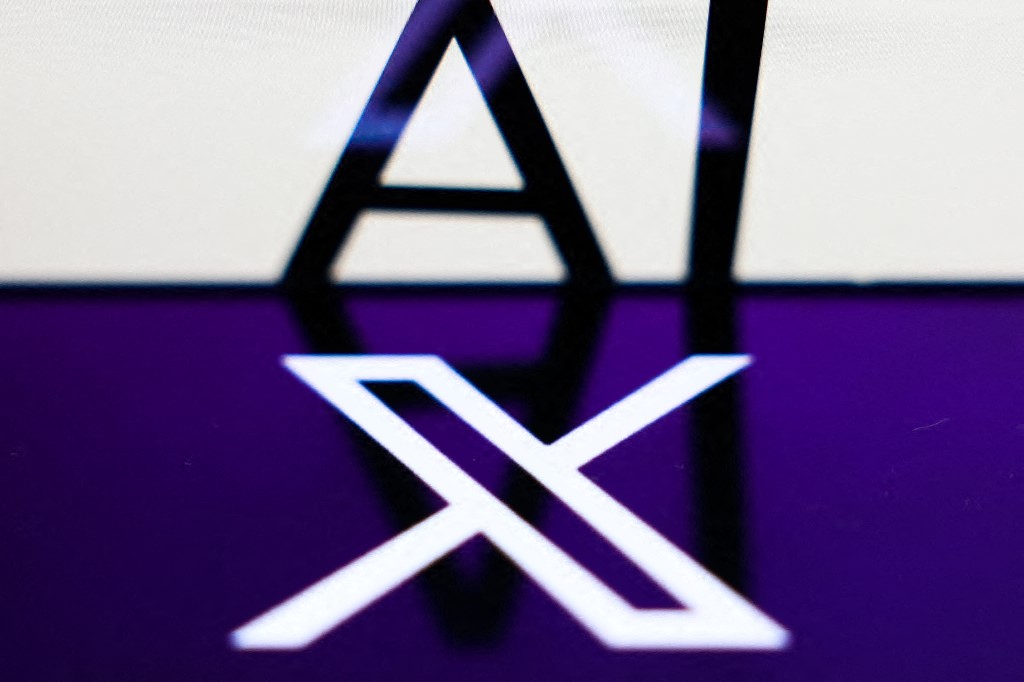How has the creative process evolved in the industry over the past few years?
The difference is that clients are now more savvy than ever before. I was one of the first members of the PR industry to be assigned a chief creative role in the late ’90s, when creativity wasn’t held in high regard; it was considered as a goofy stunt. Edward Bernays, the founder of PR, orchestrated one of the first stunts when women were trying to gain smoking rights. He marched them down the street and they lit up illegally, but the women he had marching were intelligent, sophisticated and attractive. From the very beginning, PR was about stunts. However, now, PR operates at a much more sophisticated level of creativity; it’s integrated and purpose-driven. Now, we don’t just do something because we think it will be creative, cool, funny or emotional; there has to be a reason. It has to drive people to a store or to go to a website, so it’s changed in that way.
How has technology affected the creative industry?
Silicon Valley has changed what it means to be fast. It took 50 years to come up with GPS, two years to come up with Google and three months to come up with Twitter. Now people know that fast means lots of money and our clients aren’t willing to wait. They used to say, “Let us know how that program is doing. Can you give us a quarterly report?” Now, they want up-to-date reports whenever they want them. We still have to create things and bring strategies to life that motivate a consumer to buy, but we have to do it fast.
Can just about anyone be creative?
It drives me crazy when people say, “I’m not creative,” which, to me, is the equivalent of saying, “I have nothing to say; what I say or what I think or what I design or what path I took to work today is not worthy.” Everybody is creative; it’s in there. There are four ways people think: conceptually, structurally, analytically and socially. Some have two or three of those together. Einstein, for example, was a Nobel Prize winner in physics, but he also thought, “I wonder if the universe bends.” His right brain suggested that, so that – conceptual and analytical thinking combined – can be very powerful. I like to have that mix in the room [during a creative brainstorm]. Some people say brainstorms don’t work, but that’s because they’re not working the brainstorm. There is a right and a wrong way to do them.
What is the right way to have a creative brainstorm?
Typically, the leader starts the brainstorm by going to the board and asking the question: “Who has any ideas?” According to a survey conducted by Adobe across Germany, the UK, the US and Japan, of the 5,000 participants, 75 percent claimed they were pressured during their workday to be more productive than creative. When people come out of the normal work environment of deadlines, calls, emails and meetings, they can’t jump right into creative mode. They have to do a warm-up. For example, you could start by asking the group what holiday comes to mind that they’ll never forget; I like to get people talking and sharing stories. By doing this, I’m priming their brain to start popping on all pistons, getting it away from left-brain thinking.
Evolutionarily, the brain is designed to work quickly and efficiently, and that’s our instinct: solve the problem fast. In order to get the right brain activated, people need to think about memories, things they believe are impossible, things they have accomplished in their lives. So, before you ask them [to come up with] an idea, you have to go through that process. They say, “keep it positive in a brainstorm”, and people think that is about being cute and respectful, but it’s really about presenting all the ideas. I hear a lot of bad ideas in brainstorms, but one bad idea might trigger another person’s idea. One of the tricks that I use in brainstorms is to share a horrible idea myself, so that people know they can’t be any worse than that. You also need to make sure the right mix [of right-brain and left-brain thinkers] is in the room. What usually happens, particularly in advertising, is that the researchers provide information to the creatives; they give them all they need to know about the target audience. The creatives walk away with that information and create; but I want them in the same room, talking, because in this scenario, the right brain is communicating with the left brain. That’s where the cool stuff happens and I’ve seen it time and time again.
How do you inspire people to find their creative mode?
Where do people generally have that “aha” moment? There are three places, typically: showering, driving, sleeping (or drifting off to sleep). There’s a reason for that: the prefrontal cortex is what responds to everything that is happening in the world. This is the part of the brain that takes over. However, when you are relaxing, there is no need for this part of the brain. The prefrontal cortex goes down and the brain starts exploring itself. Washington University did a study on people’s creative power, where they took measurements of people’s brain activity under an MRI. One guy’s brain lit up like a Christmas tree on the scanner. They started wondering what was going on and what was he doing. In actuality, he was doing nothing; he was daydreaming. When we don’t need the prefrontal cortex, the brain enters this theta state. The “aha” moment comes when you stop focusing on the problem; you have to step away from the problem to solve it. What people can do is pay attention to those moments when they’re unfocused. It is untrue when people say they’re not creative; they are, because everyone has “aha” moments.
Can the common workplace be inhibitive to the creative process?
Maya Angelou, the poet, had to be in the darkest, most dingy place in order to be creative. A lot of creatives have really strange rituals that have nothing to do with Google’s slides or Pixar’s wonderfully decorated rooms or Yahoo’s toys. I’ve always wondered if that type of environment helps. I guess it does, because certain offices do make me feel more energized. But creativity is individual; you need to find what resonates with you from a creative standpoint. Are you the quiet person that needs to go back and cogitate? Often, people who are introverted are considered weak, yet they’re so powerful because they think about things and run it through their processes. I think offices with the most creative spaces simply help people get away from work; that’s where you’re unfocused and the ideas happen.
How do you operate around creative restrictions?
Here’s what I know about creativity: I can’t say to myself, “I’m going to be creative to a point, and then it’s over.” What I want from my creative team is raw, pure and uncensored forms of creativity and then, I’ll worry about the rest. Years ago, Burger King celebrated the 60th anniversary of the Whopper. At that time, Crispin Porter was working on the account. The client wanted to make a big deal about it, but the Whopper had been around for 60 years, which presented a challenge. So the agency did something interesting. To promote the burger, they took it away and put up hidden cameras in Burger King. When people came to order the Whopper, they were told that it was discontinued. That made people say things that Burger King couldn’t have paid them to say, like, “I always come here to get my Whopper,” and, “I’ve been doing this since I was 12 years old.” When you have a difficult creative task, you have to look at the complete opposite of what you think makes sense.
What are you seeing from young creative talent?
Four years ago, I received a call from the head of the masters program in communications from a major university. He explained that although his students were turning in well-written assignments on time, their creative assignments were bad. He asked me to come in for a talk. Before I began the class, I said, “Okay, you guys all have As, you’re all turning in your stuff on time and you write well. Do you know what that makes you?” At that point, I pushed my clicker and the board read: “Average.”
How does a piece of creative break through the noise?
If every client loves everything we present, then we’re not pushing hard enough. Sometimes, we need to scare people. If they are comfortable with what we are presenting, then chances are they could do it themselves. What we want to come in with is the unexpected stuff – the stuff that’s a little scary because good creative is a little scary. The more difficult the challenge, the more ultimately creative you can get. The best campaigns are those that say something to the consumer that they might know but might not have absorbed or appreciated to the extent that you tell them to. It should also be something that your competitors haven’t said yet. For example, with the “Like a Girl” campaign, they took something that the target audience already knew about themselves, but said it in a real way, a way that the competitors had not thought of. It was the same with Red Bull; everyone knows that energy drinks provide you energy and the competition had already said it, so they had to show that Red Bull gives you wings in a way that nothing else can. They did this by dropping someone from the stratosphere. Risk and fear are all part of it.





